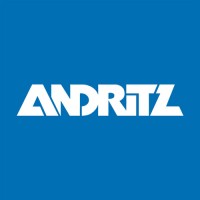
Haws EMEA
For over 115 years, Haws® has been a leading designer and manufacturer of emergency showers and drinking fountains used in many industrial sectors. With a constant focus on quality, service and innovation, we have developed into an ISO 9001 certified company since 1993. We create solutions to keep people safe. In addition to our broad product line, we offer our customers the revolutionary Axion® technology as well as Tempering Water customer focused solutions. Our headquarters are located in Sparks, NV, USA. To serve them best, we are always close to our customers with our subsidiaries in Switzerland, Brazil and Singapore. As early as 1985, Haws AG opened in Switzerland to serve customers in Europe, the Middle East and Africa.






